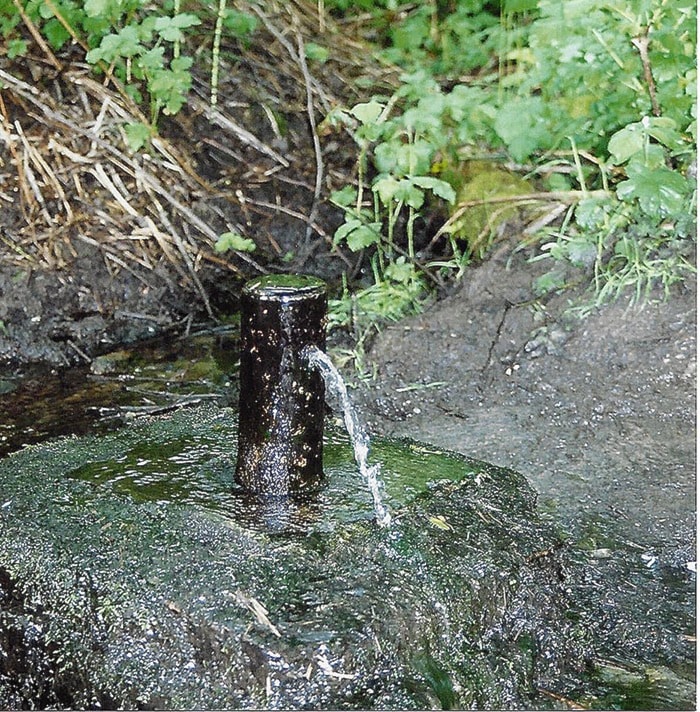A hot summer’s day is the perfect time to spend in a coastal rainforest, yet there are few such parks south of the Fraser.
One choice would be Watershed Park, a densely timbered part of the North Delta escarpment, noted for its artesian freshwater springs and mountain biking trails.
The escarpment rises above the Serpentine and Nicomekl Valleys north of White Rock. Here you can stroll on winding footpaths through the towering western hemlocks, redcedars and Douglas-fir.
Like all such stands in the Lower Mainland, they are second-growth trees, the original forest having been felled in the late 1800s.
A few massive stumps remain and notches on their trunks, a metre or so above the ground, mark the position of the fellers’ spring boards. The stumps serve as nurse logs for red huckleberry and ferns, and after the autumn rains, many-coloured fungi cluster around their roots.
The forest is a protective layer for underlying sedimentary deposits, rocks that were laid down during the Quaternary geological period.
These rocks are like an underground sponge, with pure fresh water squeezed into tiny cracks, often less than a millimeter wide.
The water-bearing layer is confined under pressure between two impervious rock layers, and water flows to the surface through artesian wells or springs.
Prior to the early 1900s, people in Delta relied on sloughs and rainwater for drinking and washing. Then a large reservoir was built near 59 Avenue and water was piped through to Ladner, spurring the growth of the local dairy industry and a rush of new houses.
The reservoir is long gone, but an old pump house and the seeping water of the springs can be seen from the Artesian Trail in the southern part of Watershed Park.
This is a cool, green trail to walk in the early morning, listening to the fluting sound of Swainson’s thrushes, and the loud trills of spotted towhees hidden in the salmonberry bushes.
For a taste of Delta’s fresh artesian water, walk uphill to the tap near the Scout Camp. Previous access points have been closed because of adjacent road hazards.
A trail map of Watershed Park can be found on the Corporation of Delta website.
Groundwater is a very valuable, yet hidden resource. There are over two hundred aquifers under the Fraser lowlands, including Abbotsford, Hopington and Brookswood.
These unconfined aquifers have the water table as their upper surface and are easily contaminated by pollutants, such as cattle manure and pesticides.
Anne Murray is a local naturalist, blogger and author of two books on nature and local history; see www.natureguidesbc.wordpress.com and www.natureguidesbc.com.
